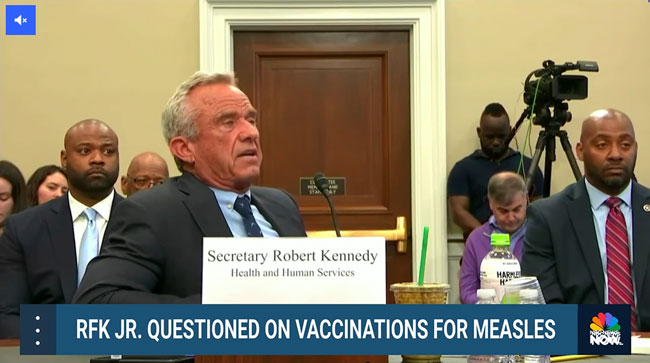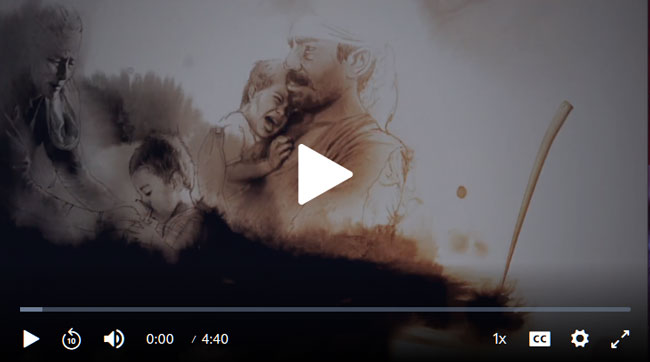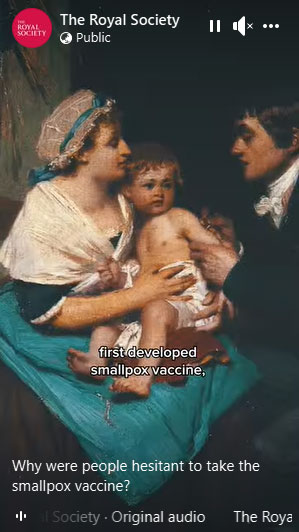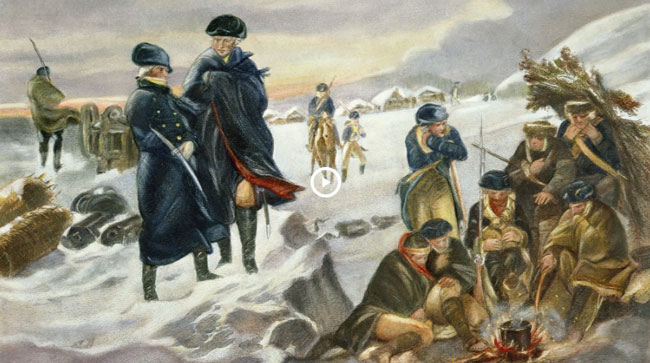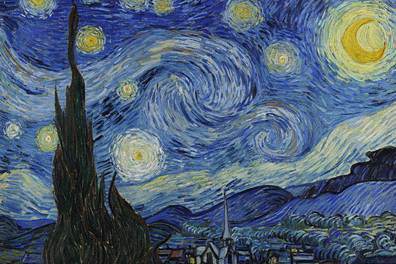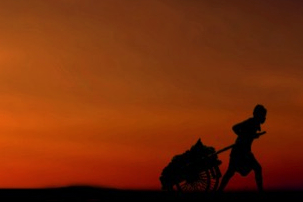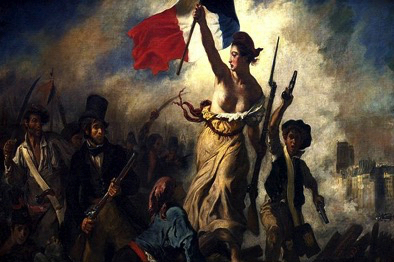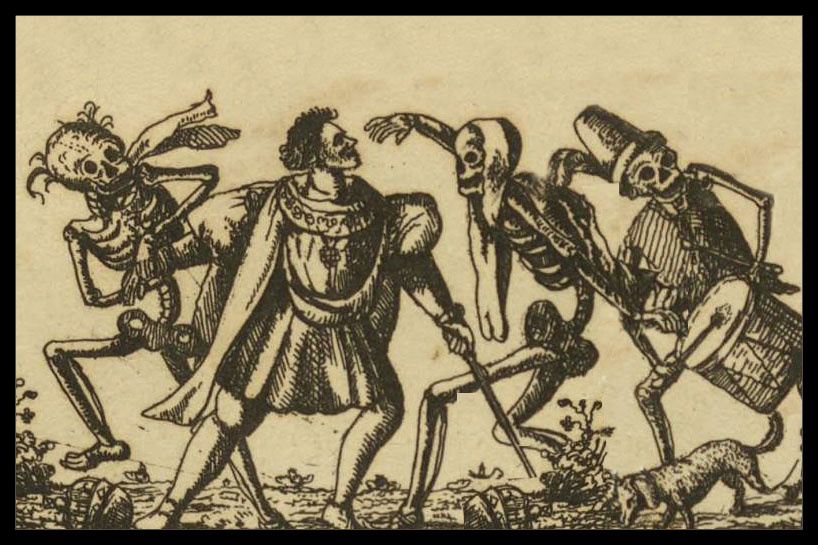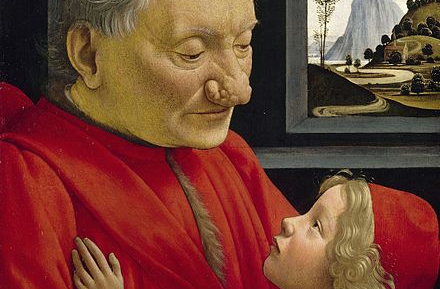What I Didn’t Know But Do Now
In my previous article, I vented about how inane RFK Jr. is as the head of Health and Human Services. The HHS has all the research, documents, and tests for every imaginable shot, vaccine, and medical treatment. Everything is there in black and white. All the numbers, percentages, and results for all the treatment plans for decades are stored at HHS. Yet, Kennedy lives in another reality. Nevertheless, he is responsible for medical problems for anyone who listens to his anti-vaxx nonsense and gets sick or dies.
When questioned by a congressman, listen to Kennedy’s beliefs about MMR, smallpox, and polio.
Why can’t we learn during our journey down our yellow brick road of life? I learned a great deal of information about vaccines as I was working on Kennedy’s ignorance about treatment plans. I knew a lot about Edward Jenner and his discovery of a smallpox vaccine. Nonetheless, what I knew prior to Jenner about vaccines and treatment plans was nothing.
My missing history of immunization goes back over a millennium. Brahmin healers in India learned a great medical fact. Once someone got smallpox and lived, it was rare that that person would contract smallpox again. We know today that one's immune system is strong enough to fight off smallpox again.
Around 1000 CE, the Brahmin healers observed that reality, but not why it occurs. Brahmin healers in India began taking the dried scabs of people who hadn’t died of smallpox. The process was simple. The healers would scratch the patient’s skin and rub the area enough to see small amounts of blood. Then they rubbed dried smallpox scabs on the reddened area. This is basically what we call stabilization. The Brahmin healers were immunizing Indians against smallpox by using smallpox scabs.
If Kennedy read this essay about the Brahmin healer rubbing smallpox scabs on the patients, he would have gone ballistic. Regardless, that wasn’t the end of my educational process of learning about the time before Edward Jenner.
There was an English aristocrat named Lady Mary Wortley Montagu. She possessed a daring-do mindset. Lady Mary had contracted a case of smallpox, and her brother died of smallpox. Smallpox left a facial scar on her face. She had money and was married to the English ambassador to the Ottoman Empire. While in Constantinople, she visited a women’s bathhouse and attended an inoculation party. The locals would take a small amount of smallpox pus and rub it on a needle. Then, they would scratch the skin of a small child with the needle. It was a parallel to what the Brahman healers did centuries before. While there, she had an English doctor at the British Embassy inoculate her five-year-old son.
After her family returned to England in 1721, there was another smallpox outbreak. She had her three-year-old daughter vaccinated by the same English doctor who vaccinated her son in Türkiye. News of Lady Mary’s second child being vaccinated reached King George I. The king decided to immunize any of his royal family who wished to have this protection from smallpox.
She had her son vaccinated for smallpox while in Türkiye, her three-year-old daughter was vaccinated against smallpox in 1721. While the daughter benefited, the English society of the 18th century wrote her off as an “ignorant woman.”
Lady Mary had contracted a case of smallpox, and her brother died of smallpox. Lady Mary had a facial scar due to having smallpox. She had money and was married to the English ambassador to the Ottoman Empire. While in Constantinople, she visited a women’s bathhouse. She attended an inoculation party. The locals would take a small amount of smallpox pus and rub it in a needle. Then, they would scratch the skin of a small child. It was a parallel to what the Brahman healers did centuries before. While there, she had an English doctor at the British Embassy inoculate her five-year-old son.
After her family returned to England in 1721, there was another smallpox outbreak. She had her three-year-old daughter vaccinated by the same English doctor who vaccinated her son in Türkiye. News of Lady Mary’s second child being vaccinated reached King George I. The king decided to immunize any of his royal family who wished to have this protection from smallpox.
Lady Mary faced nay-sayers. First, she was a feminist of her time. It wasn’t reasonable for a woman to speak out in English society. However, the idea of using some Turkish medical technique was beyond the pale. They accused her of being an “unnatural mother,” who exposed her children to smallpox. A large number of people were acting like RFK Jr. is doing now as the head of HHS. Nevertheless, the death toll went from 30% to 2%.
In 1796, Edward Jenner introduced the smallpox vaccine, which was a better means of immunization against smallpox. Instead of using smallpox scabs, Jenner used cowpox, which wasn’t fatal, instead of smallpox scabs. That breakthrough eradicated smallpox in 1980. He called his process vaccination, which comes from vacca, the Latin term for cow. Even then, there were anti-vaxxers. Some believed that taking something derived from a cow could cause a person to become cow-like. RFK Jr.’s mindset isn’t much better.
This is the Royal Society’s short video about anti-vaxx people. RFK Jr. needs to watch it.
This is a brief history of smallpox in America.







